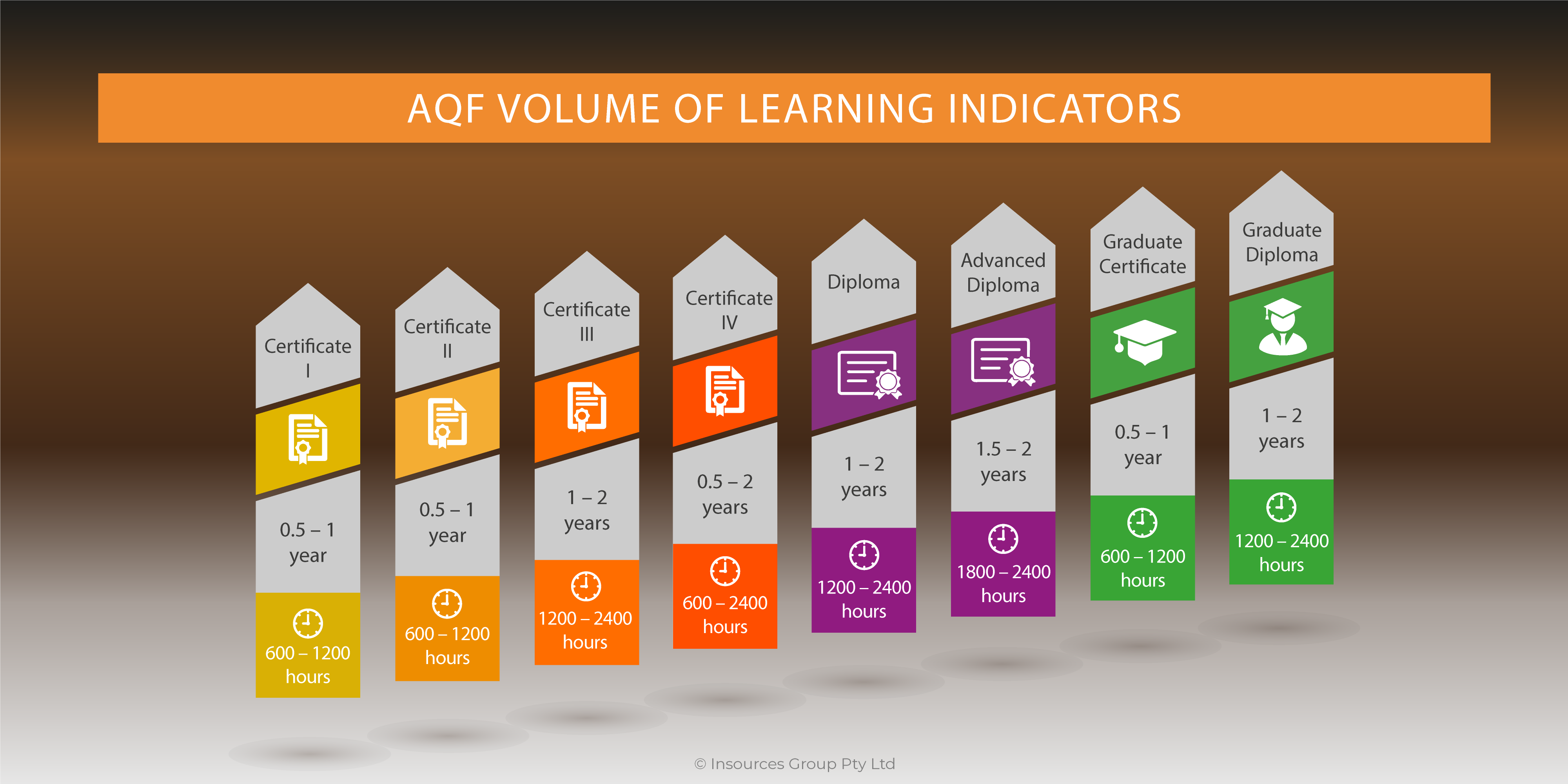The Australian Society of Training and Development Incorporated (ASTDI), a non-for-profit association dedicated to support training and education professionals in Australia, is preparing a set of Training Programs.
During the design and development stages of the mentioned programs ASTDI staff performed a systematic approach, which is recreated below. That systematic approach includes 5 steps to ensure success in your training programs.
Association training programs should be a win-win proposition. The members have a chance to advance their careers through an informational training session or a special certification program. In turn, the association gets a lively source of nondues revenue, all the while burnishing its reputation by providing its members with a valuable service and an opportunity to expand their professional circle. But without the proper management, the golden opportunity that association training programs represent can become problematic, draining valuable resources with no discernible payoff.

Here are five guidelines to ensure your association and its members are getting the most out of the training program:
Identify the need. Before you even get the ball rolling on a training program, it’s a good idea to survey the landscape of the industry to see where the needs really are. Ideally, the association already has an ongoing and active dialogue with its members and their regional affiliate heads. Taking stock of what the association knows about where its members’ expertise is lacking will give the training program efforts some broad focus to get started. Education is great, but associations must first recognize what holes need to be filled.
Drill down on the curriculum. With a rough idea of which direction the training efforts should head, associations next should focus on developing the program at a more granular level. Whether launching a new program or overhauling an existing one, many associations conduct a “feasibility study” to canvass members and gauge their interests and needs. Their feedback should inform the curriculum.
Since the purpose of this research is to take the pulse of the membership, associations should cast as wide a net as possible, reaching out to members in all specialties of the industry and all regions of the country. The makeup of the association will decide what the best approach is. For some, an association-wide survey might be enough. For large national associations with many affiliate chapters, conducting focus groups that give voice to a representative cross-section of the membership can be a good way to ferret out where the needs lie.
The right people in the right place. With the needs determined and the curriculum defined, the next step is to form a team to organize and implement the program. In order for the training program to deliver the value it promises, it is critical that the most qualified people are put in charge. These will of course include experts in the subject matter, but also people who have some experience with teaching. Ideally, key members of the team will be well versed in both. No matter how good the curriculum is, with the wrong people in charge of executing the program, an association’s training efforts can very quickly run aground.
Marketing makes it happen. With all the prep work out of the way, it would be a shame for an association’s training efforts to fall flat because it failed to get the word out to the members. Associations should promote their training programs well in advance, and through whatever communications vehicles are appropriate to reach their members. They should be featured in the associations’ print publications, and any e-newsletters should contain notices about the upcoming program. As the registration deadline draws closer, an e-mail blast might be appropriate.
Keep it flexible. Industries evolve. Members have changing needs. New laws or regulatory requirements can have a major impact on the operations of the workforce. These shifts can create new opportunities for training and certification programs. Associations do themselves a great service if they do not over-commit to a training program. Of course, a jarring shift in curriculum in the sixth week of an eight-week program might not be advisable, but associations should undertake some kind of review process before automatically renewing any training program.
Within these points, there is room for endless nuance. Much of what makes associations great is their ability to tailor their products and services to the unique demands of their membership. Training programs should be no different. But the crucial takeaway is dialogue. The development and implementation of any training or certification program needs to conform to the pressing needs of the association’s members, and adapt apace with the industry’s evolution.
Source: ASTDI Training Programs consultation records




